One of the most memorable moments in a kid’s life in school is when they did their first science projects. For most kids, that was their first hands-on experience with various scientific materials. But the learning does not end inside a school, as you can create your own DIY project ideas from the comfort of your own home. To get you started, here are some awesome DIY science projects you should try. Before trying these, it is important to have adult supervision during these projects for safety purposes.
Indoor rain experiment
Photo Courtesy: icanteachmychild.com
Ever wondered how clouds produce rain? Then this simple experiment can help you figure it out. For this experiment, you’ll need some hot water (adult supervision is needed), ice cubes, a mason jar, and a plate. To begin, pour some hot water inside the mason jar, the next step is to put a plate over the jar and place the ice cubes. The warm heat from the jar would make the ice cubes melt and cause condensation, which simulates rain.
Giant Gummy Bear Experiment
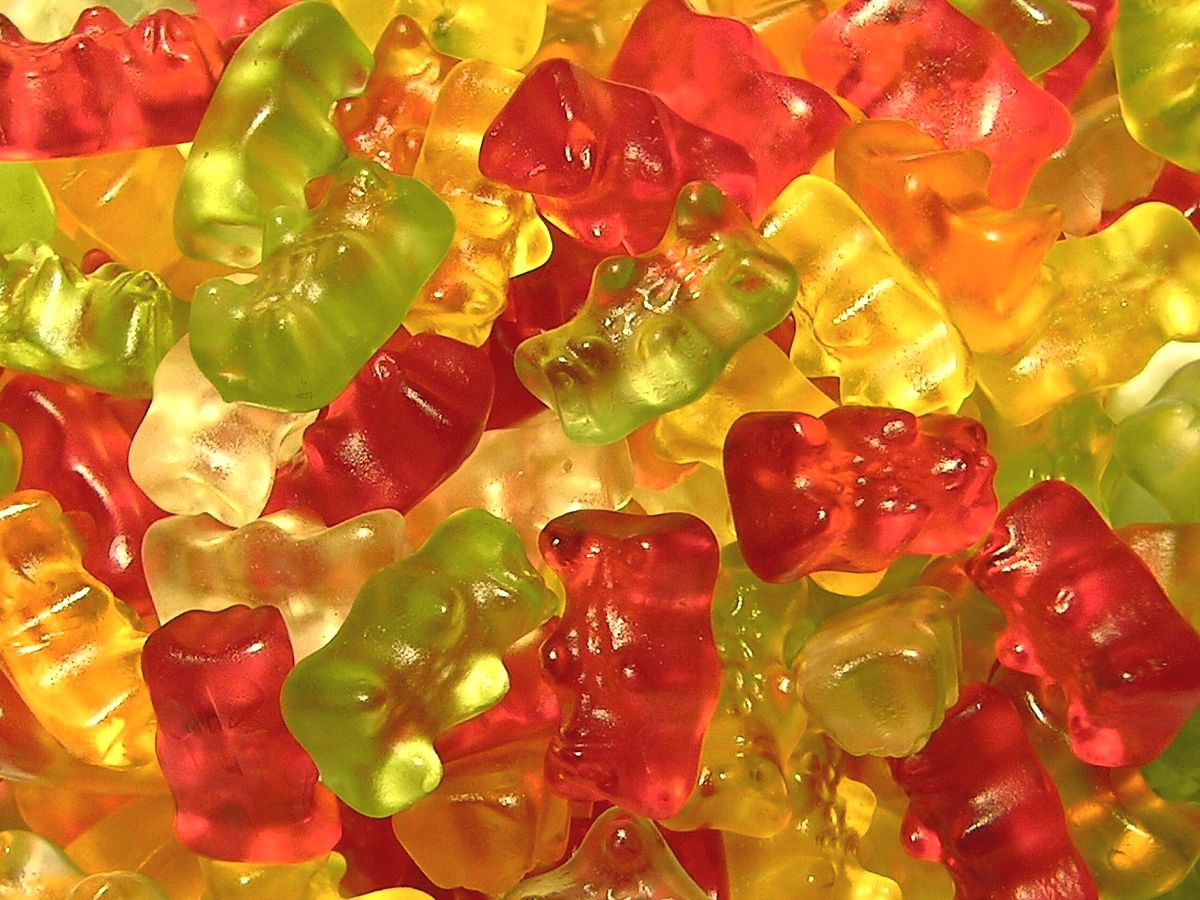
Photo Courtesy: en.wikipedia.org/
Another quick and simple experiment you can do with your kids. This nice experiment about absorption just needs a pack of gummy bears, and a jar of water. Drop in the gummy bear into the jar, and wait for a few minutes. The gummy bear will absorb the water and expand accordingly.
Homemade Hovercraft
Photo Courtesy: restlessmindboosters.blogspot.com
Ever wondered how hovercrafts work? This experiment would show you how hovercrafts float over the surface using simple materials you can find at home. All you need is a balloon, a CD, a push-up bottle cap, and some superglue. Attach the bottle cap on the CD using superglue, and then put the inflated balloon on the bottle cap. Once the balloon is attached, place your hovercraft on a flat surface, and see the whole thing hovers due to the slowly escaping balloon air.
Tornado in a Jar

This nifty little experiment shows you how a tornado looks like, and how it works. All you need is a mason jar, some water, and dishwashing detergent. Fill the mason jar with water until its almost full, and add drops of dishwashing detergent. Shake the jar hard, and then place on the table. When done right, you would be able to see a funnel shaped vortex inside your jar.
Shoebox Plant Maze

Photo Courtesy: room3puketeschool.blogspot.com
This is a fun and fascinating experiment which shows how plants always seek out sunlight. All you need is a shoebox, a few pieces of cardboard, a pair of scissors, some adhesives, and a bean plant.
To begin, add the pieces of cardboard to create your maze, and then put a hole on one end. Place the bean plant at the end of the maze and close the shoebox. Wait for a few days, and then open the box. You’ll notice that the plant’s stem would stretch and grow to reach the other end of the shoebox to get sunlight.
Here are some simple and fascinating science projects you can do at home with simple household materials. Not only are these experiments you can do outside of the school, but also a fun experience with your friends and family.

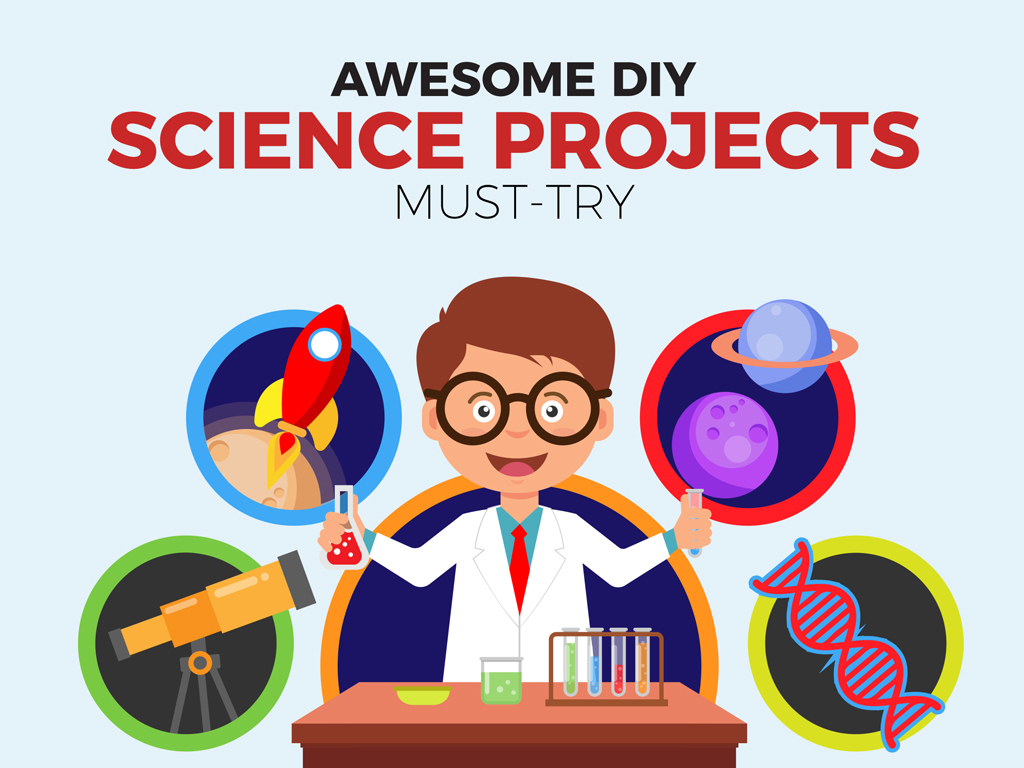
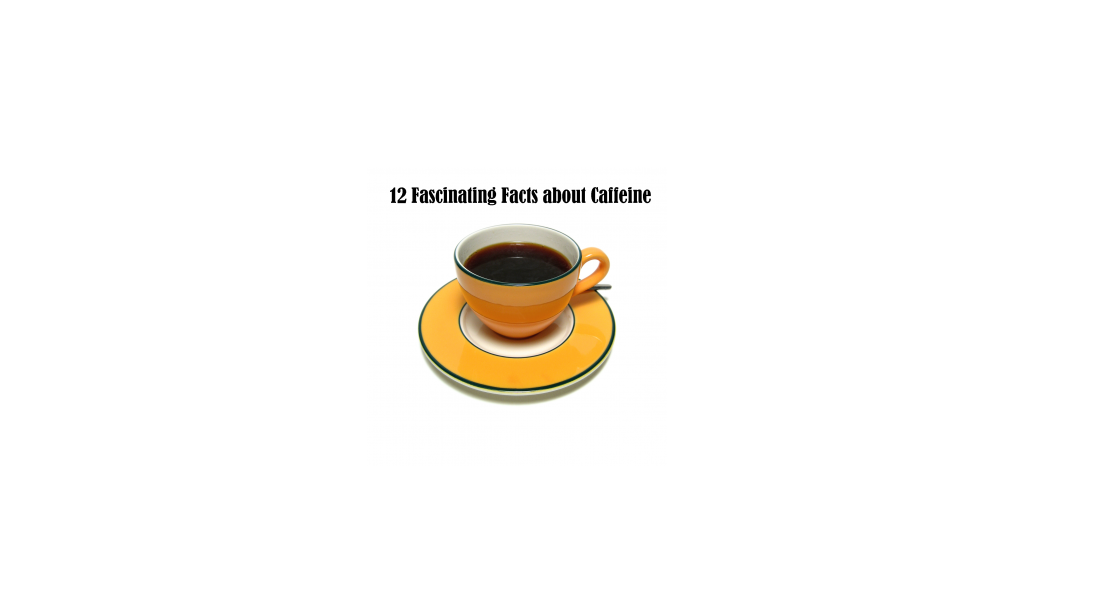
_3D_ball.png/1156px-Caffeine_(1)_3D_ball.png)



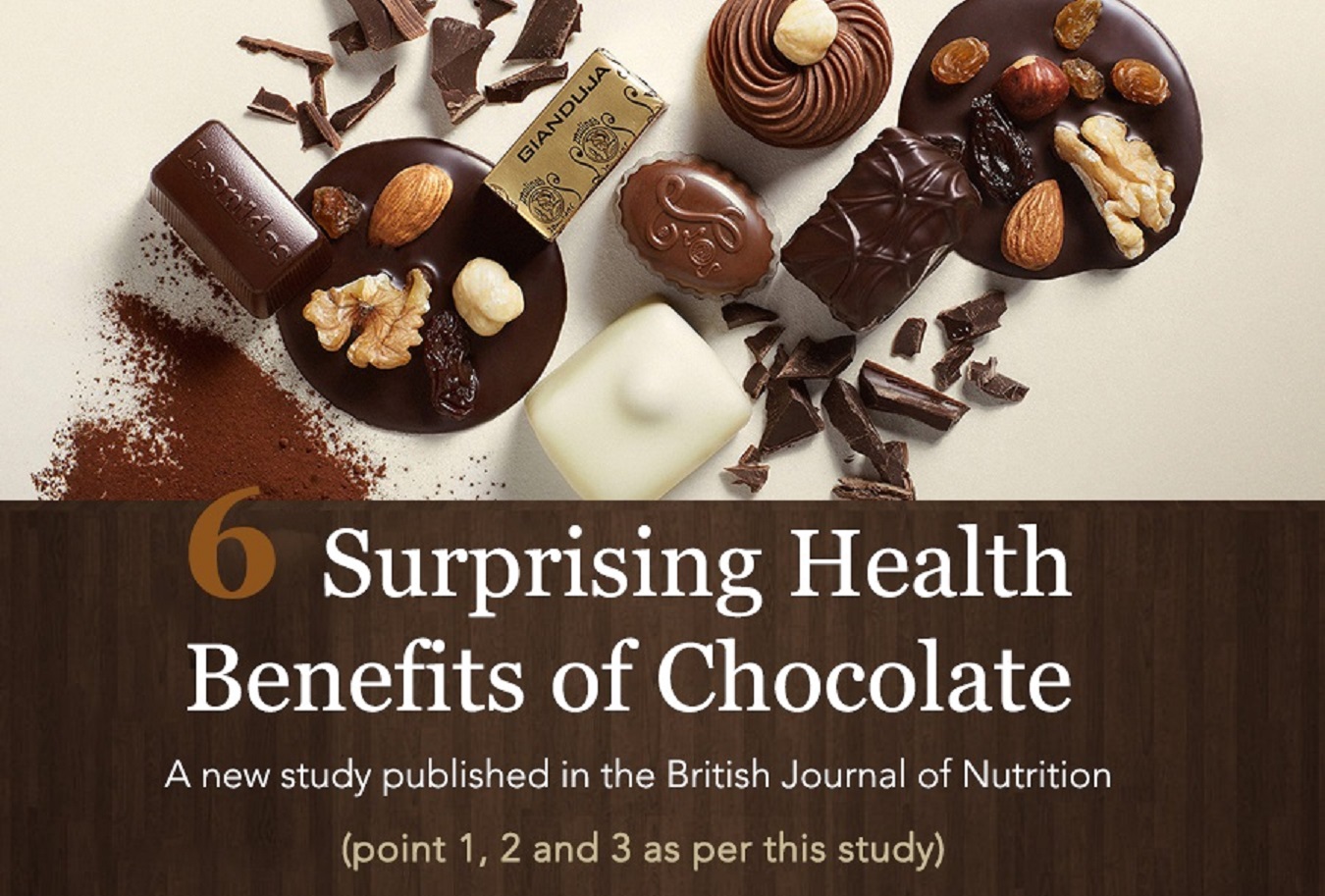

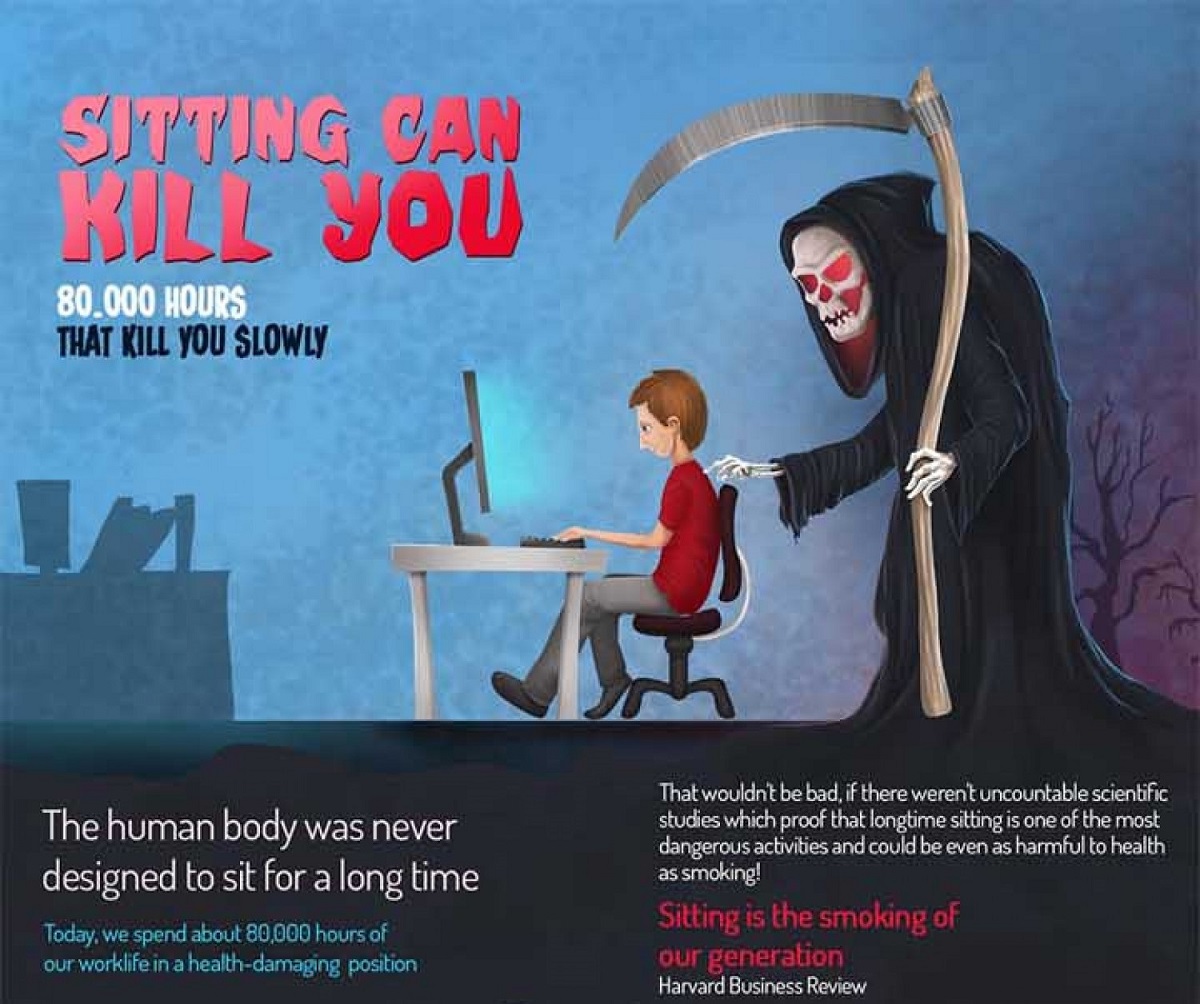

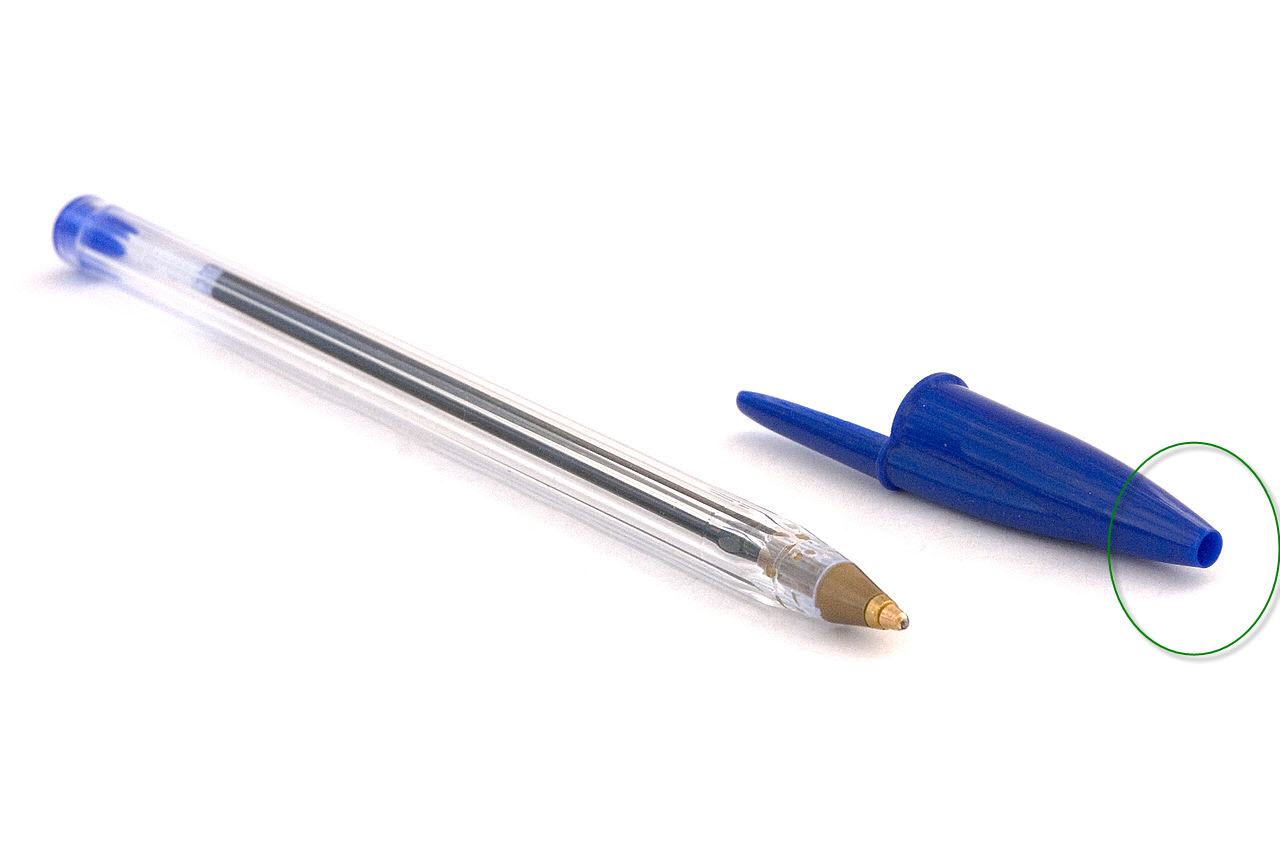
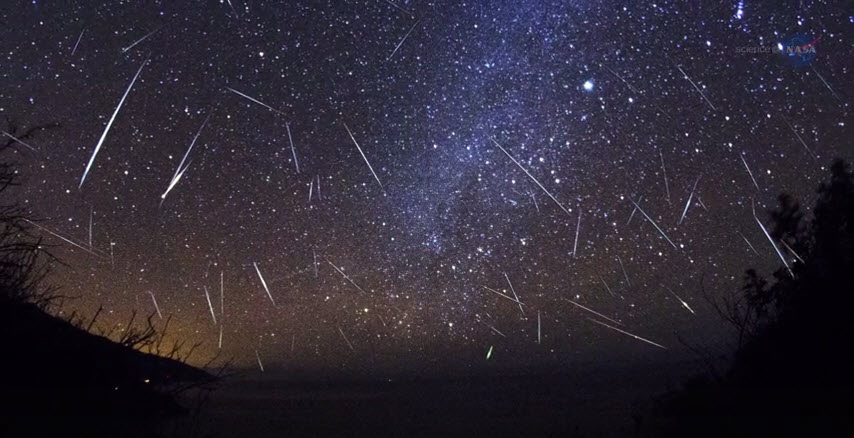
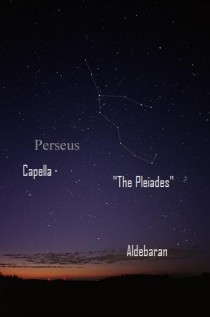
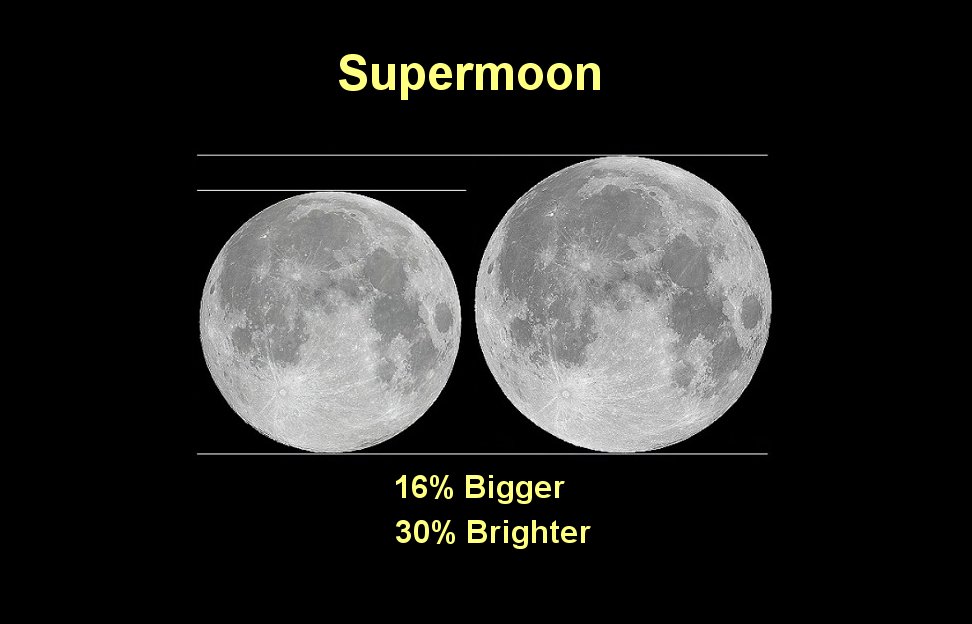
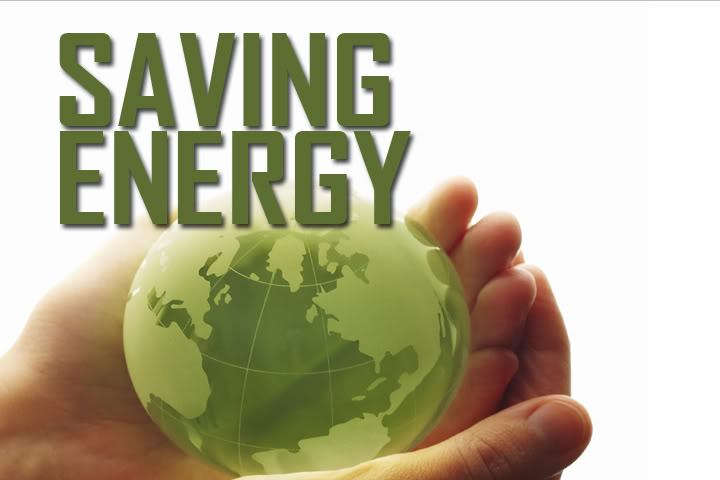
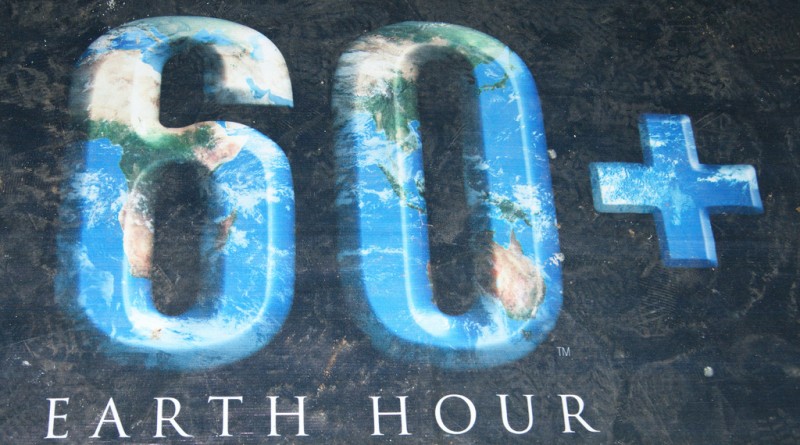
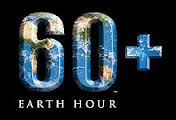 Earth Hour is a worldwide event organized by the World Wide Fund for Nature (WWF) and held towards the end of March annually, encouraging households and businesses to turn off their non-essential lights for one hour to raise awareness about the need to take action on climate change. The event, conceived by WWF and Leo Burnett, first took place in 2007, when 2.2 million residents of Sydney participated by turning off all non-essential lights. Following Sydney’s lead, many other cities around the world adopted the event in 2008. Earth Hour 2013 will be held on March 23, 2013 from 8:30 p.m. to 9:30 p.m. during participants’ local time.
Earth Hour is a worldwide event organized by the World Wide Fund for Nature (WWF) and held towards the end of March annually, encouraging households and businesses to turn off their non-essential lights for one hour to raise awareness about the need to take action on climate change. The event, conceived by WWF and Leo Burnett, first took place in 2007, when 2.2 million residents of Sydney participated by turning off all non-essential lights. Following Sydney’s lead, many other cities around the world adopted the event in 2008. Earth Hour 2013 will be held on March 23, 2013 from 8:30 p.m. to 9:30 p.m. during participants’ local time. 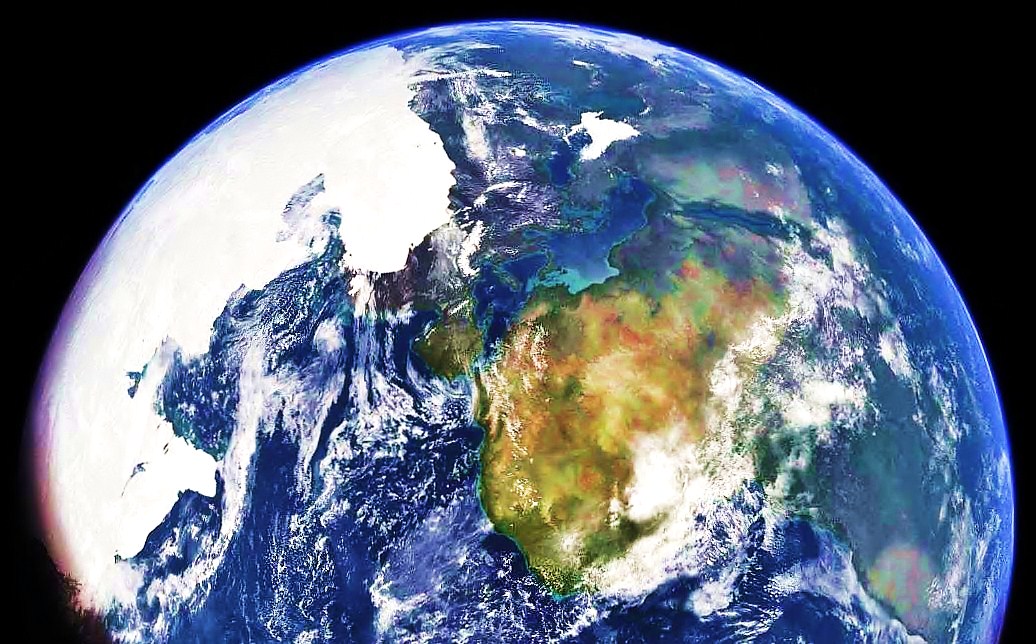
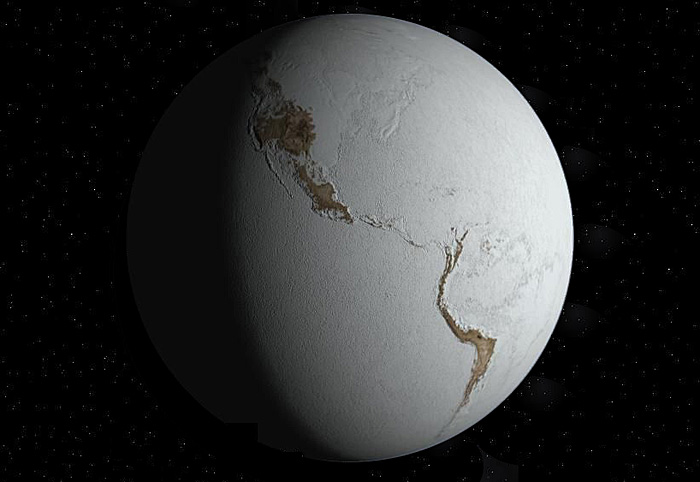 Global Warming , everyone is talking about this topic lately. we all know that carbon emission is the cause of global warming but let us talk about the results of global warming.
Global Warming , everyone is talking about this topic lately. we all know that carbon emission is the cause of global warming but let us talk about the results of global warming.